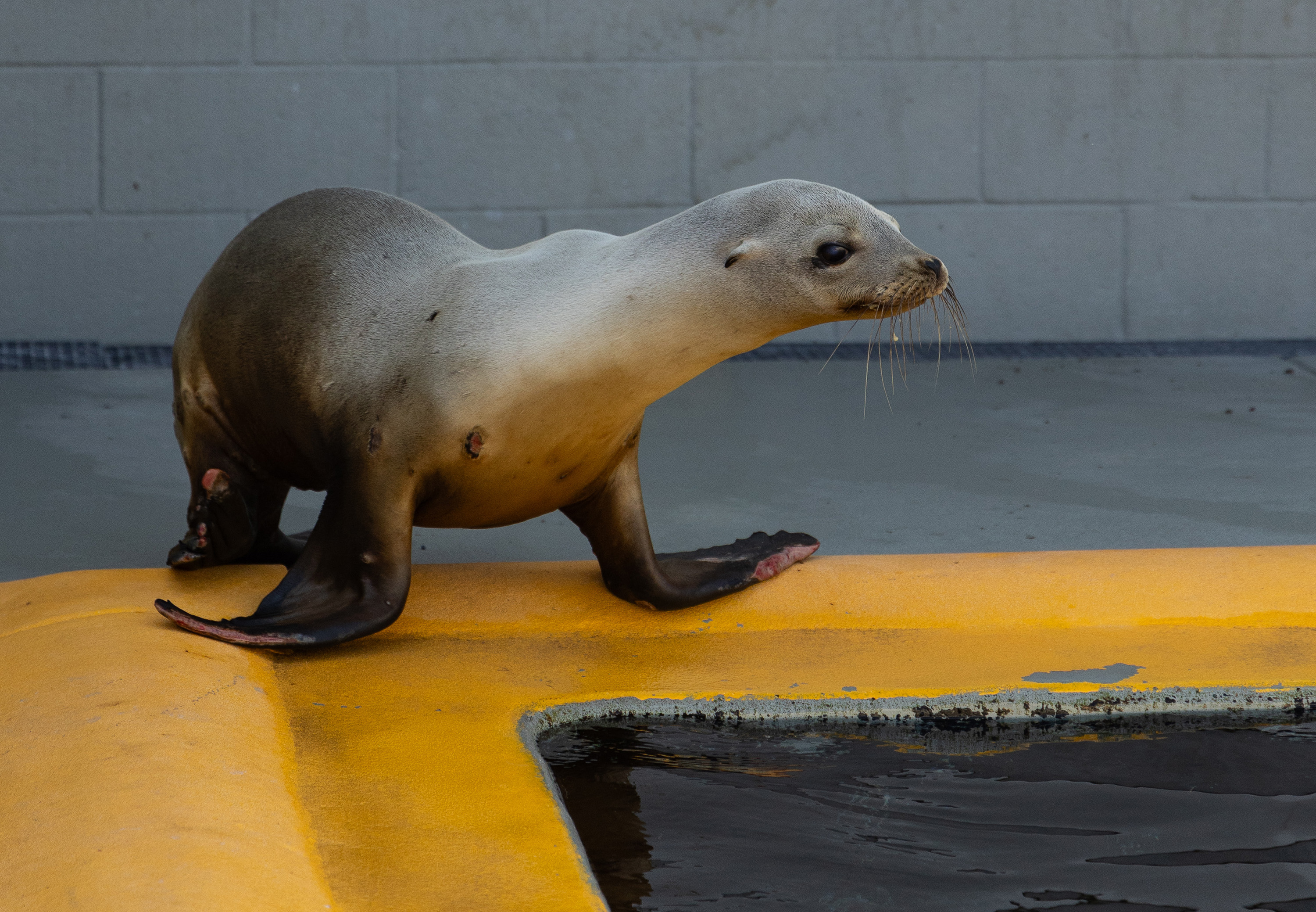Long fire seasons, and more intense wildfires and making the forecasting abilities of San Jose State Meteorology's WRF-SFire model an especially important tool as fire crews and communities are being threatened by extreme conditions.
Dr. Adam Kochanski, lead developing on the SJSU WRF-SFire says the model has done a good job in projecting both the movement of the Caldor Fire into the Tahoe Basin and the fine-tuned detail in how the weather model displays smoke pollution downwind from the fire zones.
As discussed previously on NBC Bay Area, the key abilities of the SFire model include being able to simulate pyrocumulus behavior, a key factor in wildfires generating their own weather patterns with intense winds and potential for rapid fire spread.
Kochanski and the Wildfire Interdisciplinary Research Center (WIRC) team are now using the model continuously to test its abilities on the year's biggest fires still burning along the West Slope of the Sierra.
Get a weekly recap of the latest San Francisco Bay Area housing news. Sign up for NBC Bay Area’s Housing Deconstructed newsletter.
What Has Worked:
Accurate depiction on fire movement based on wind speed including the Caldor Fire's eventual approach into the Tahoe Basin
SFire providing higher resolution views on smoke dispersion at different depths
Local
The team hopes to improve upon the model even more by adding more real to near-real time data sources such as satellite data detecting spot fires that can be included in the fire boundary growth and more data on different fuels types and conditions allowing wildfires to undergo rapid growth and see boosts in intensity.



